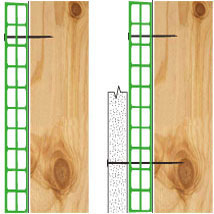CAVIBAT - Standard application procedures
Battens may be fixed vertically, horizontally or any angle in between following the studs, noggins, top and bottom plates. Around windows, doors, internal and external corners the battens should be run continuously to support the flashings.
Fixing Batten to timber or steel framing use a finishing nail gun or screw at approximately 3-400mm centres to tack the battens to the framing. Adjust until the head of the sits slightly below the surface as not to aggravate the back side of metal cladding.
Fixing Cladding to timber or steel framing
Nail or screw through the cladding and batten into the studs or nogs. Follow manufacturers specifications for fixing centres and nail/screw sizes. Fixings should be 20mm longer than would be used for direct fixed cladding.
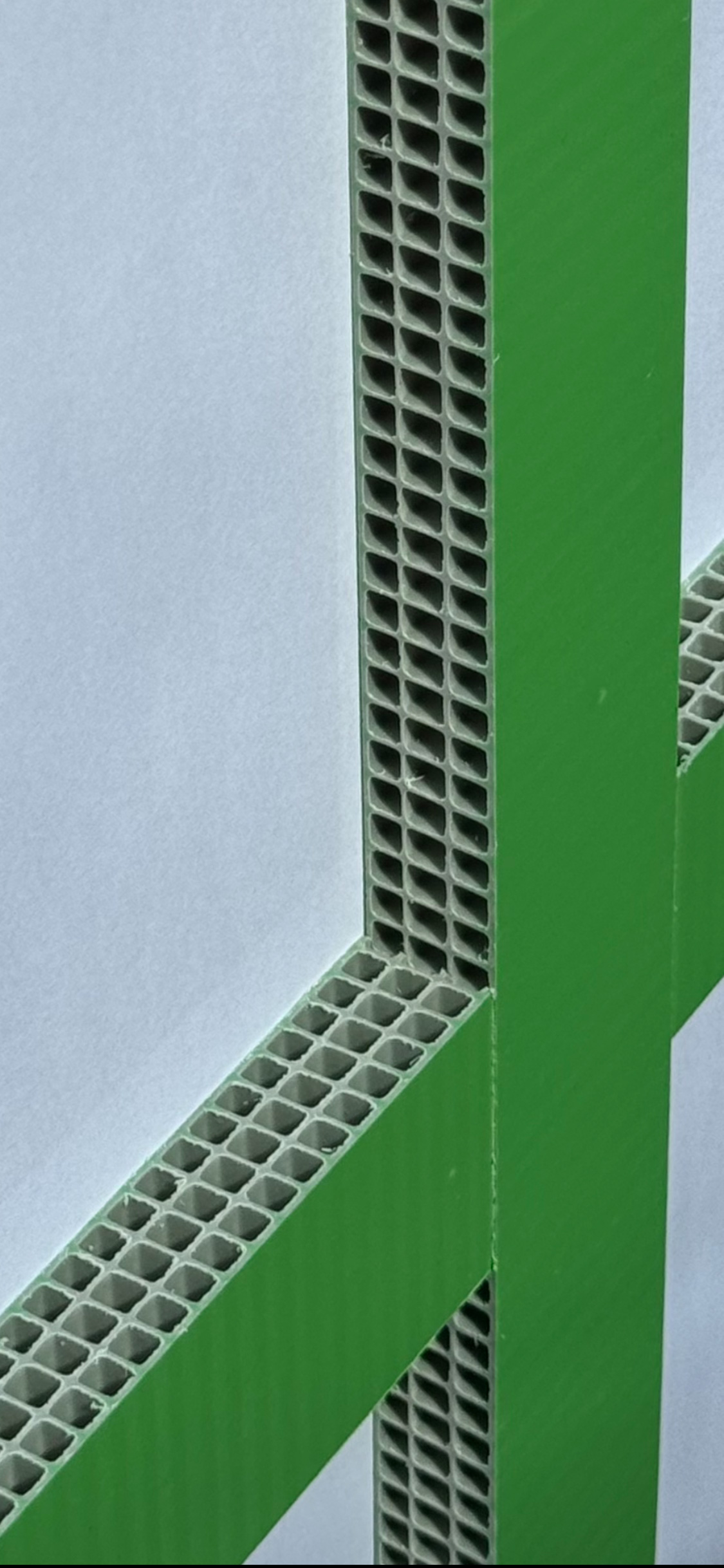
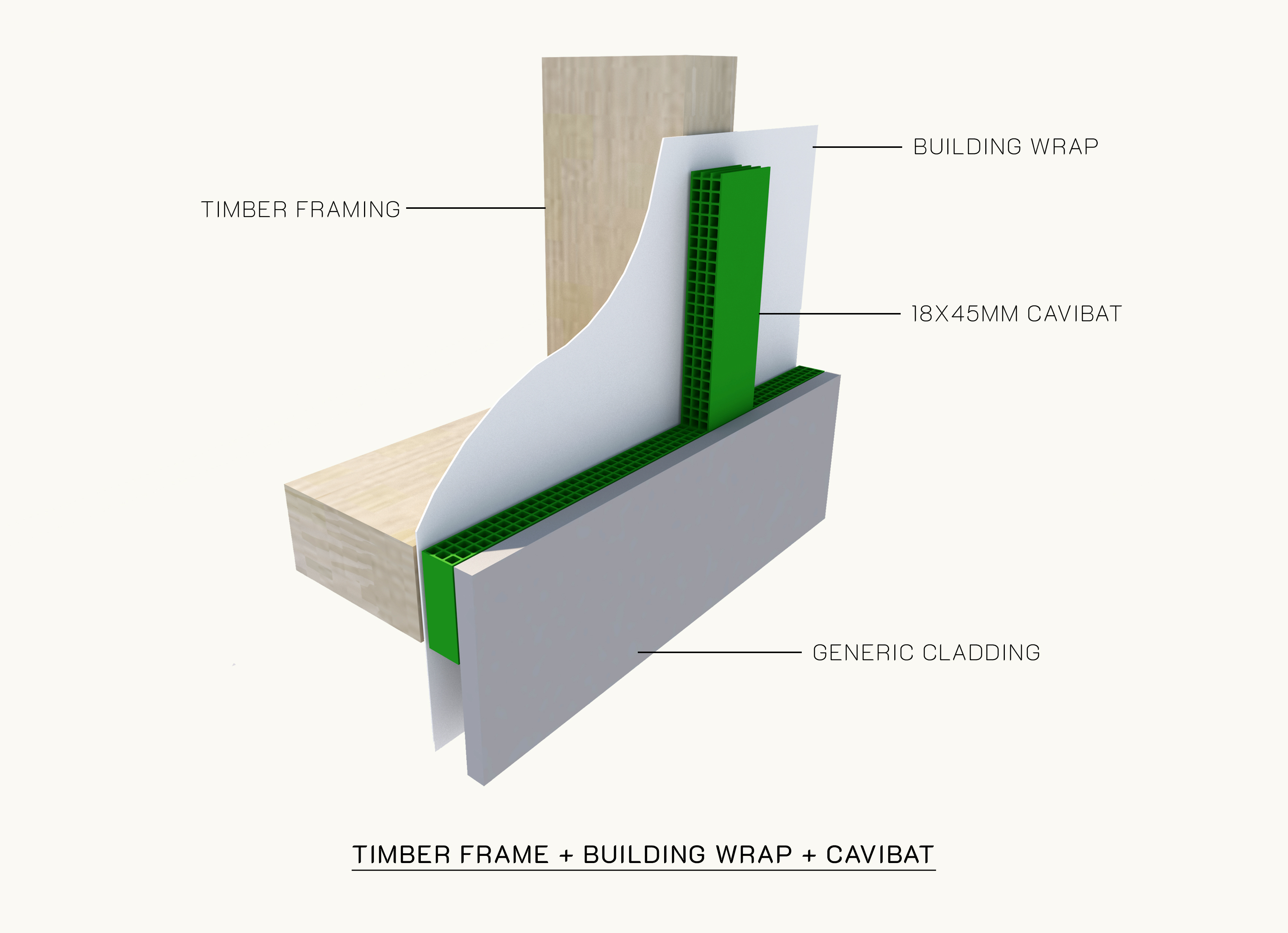
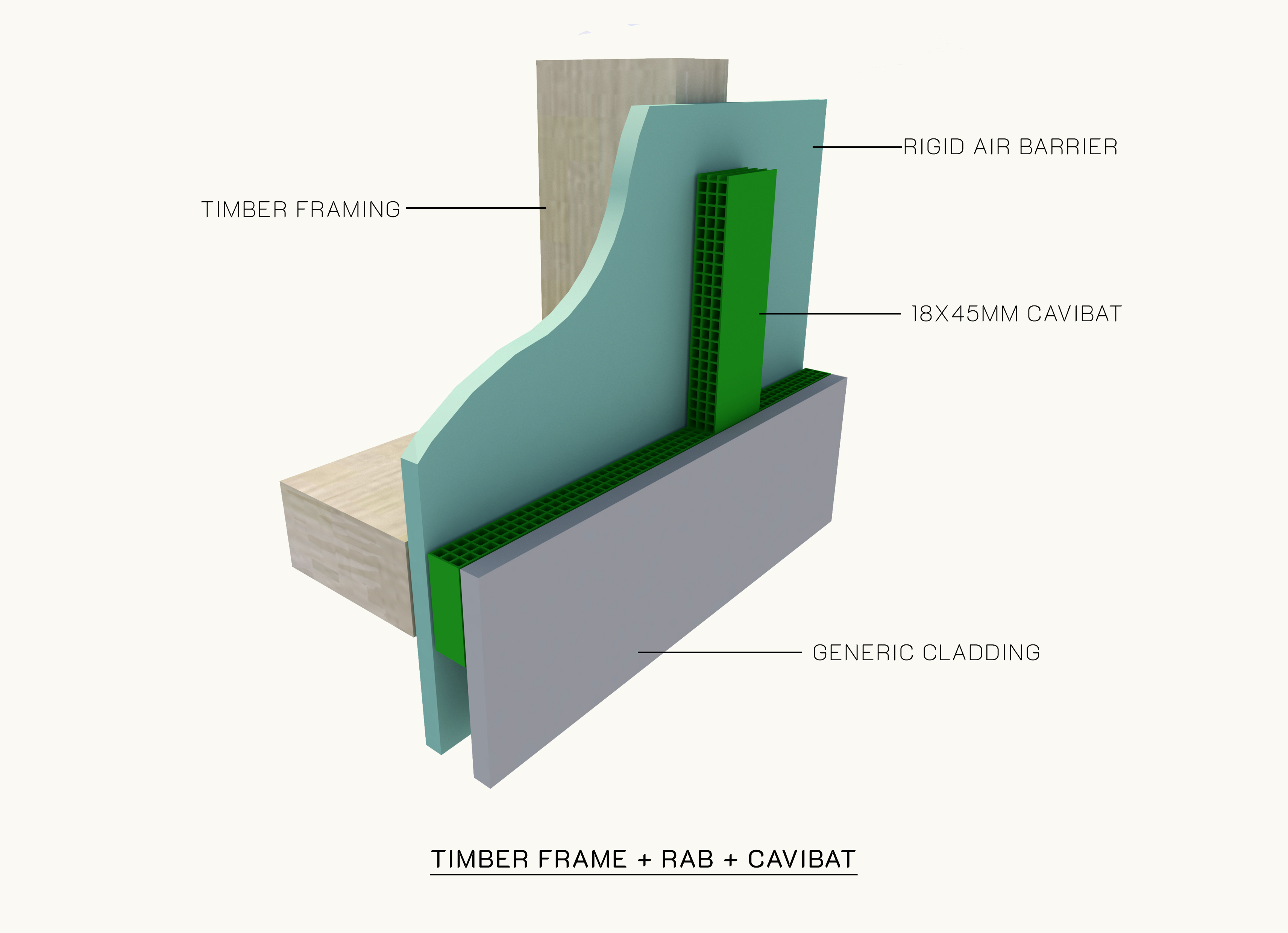
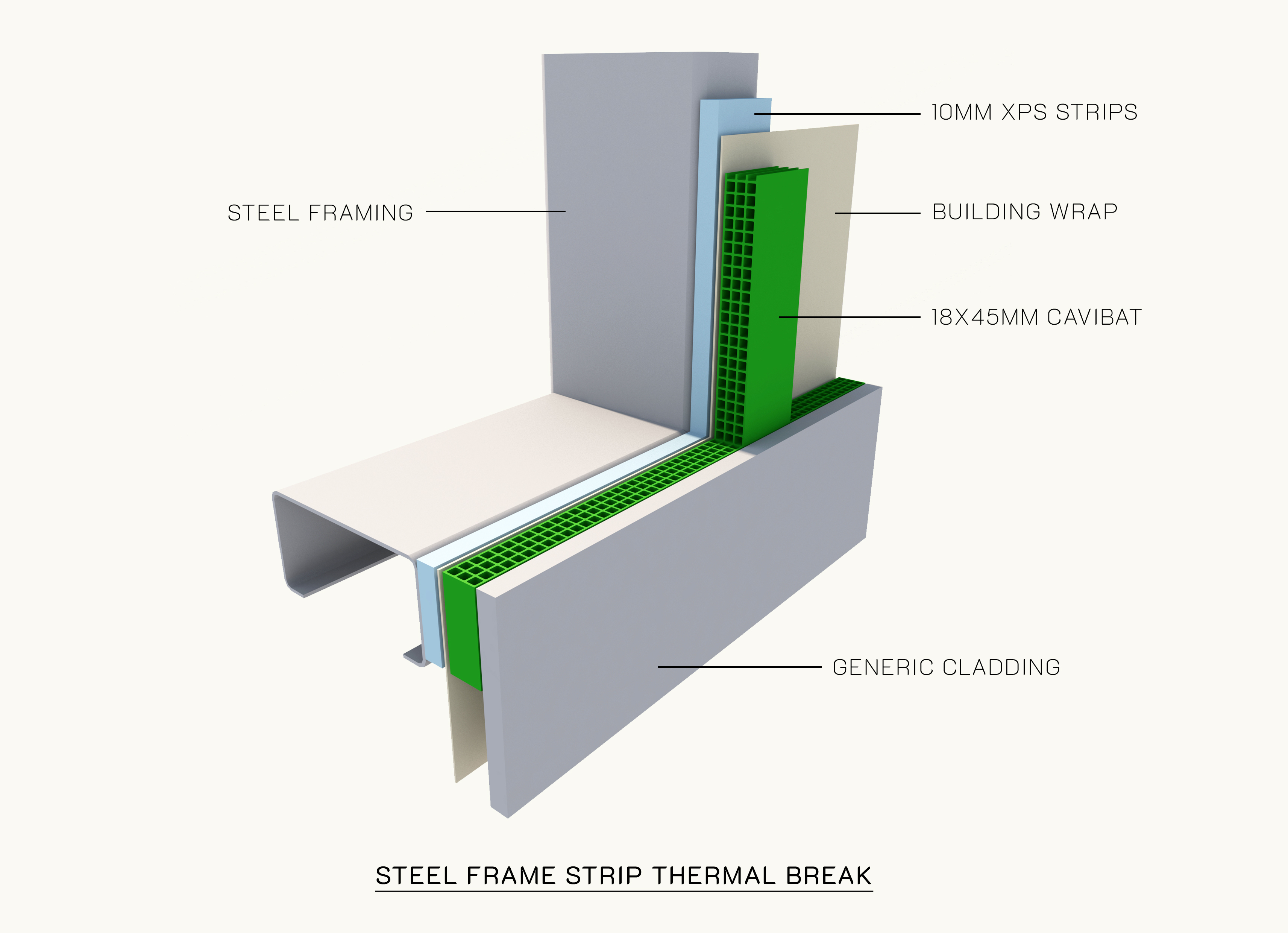
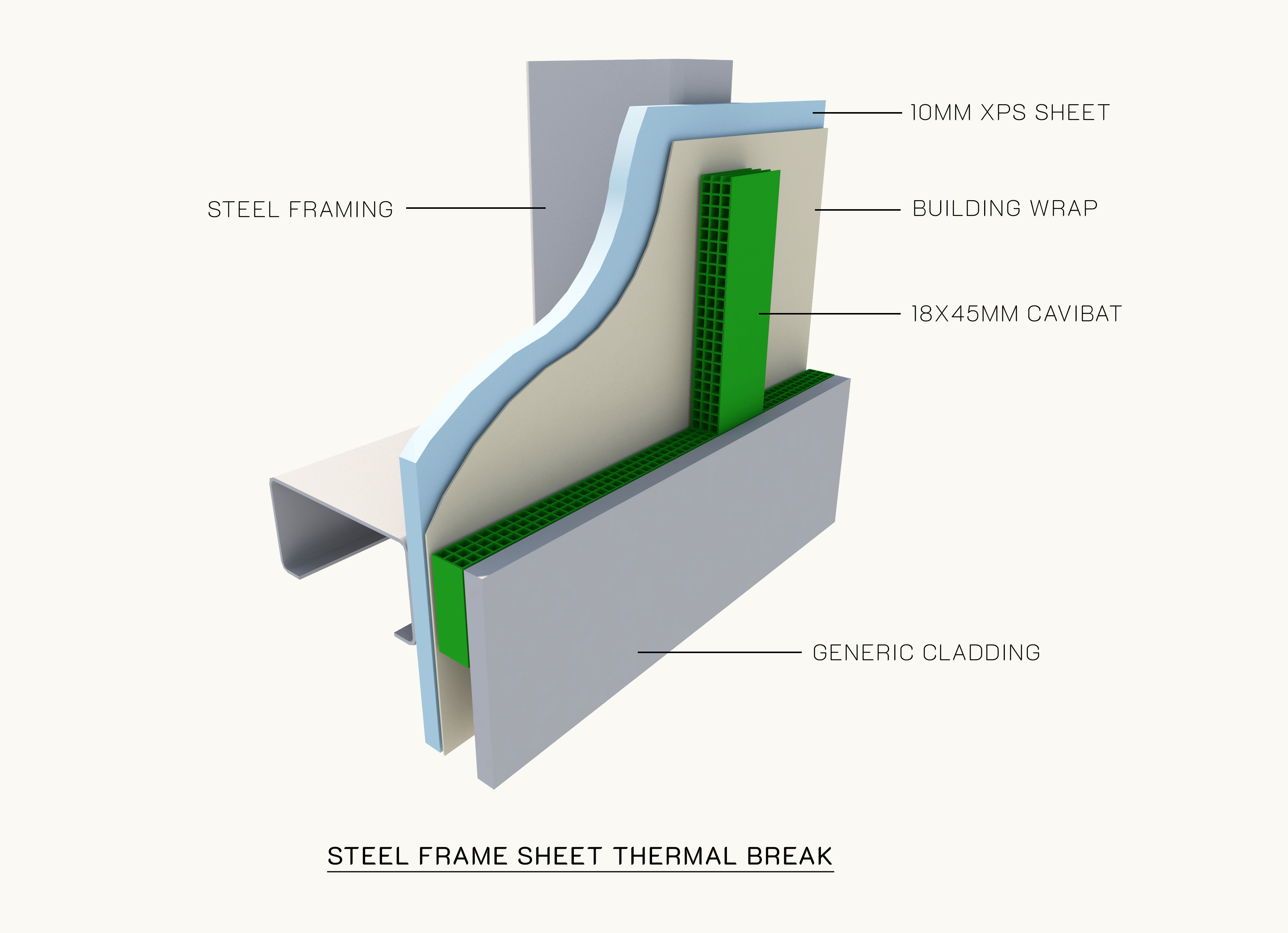
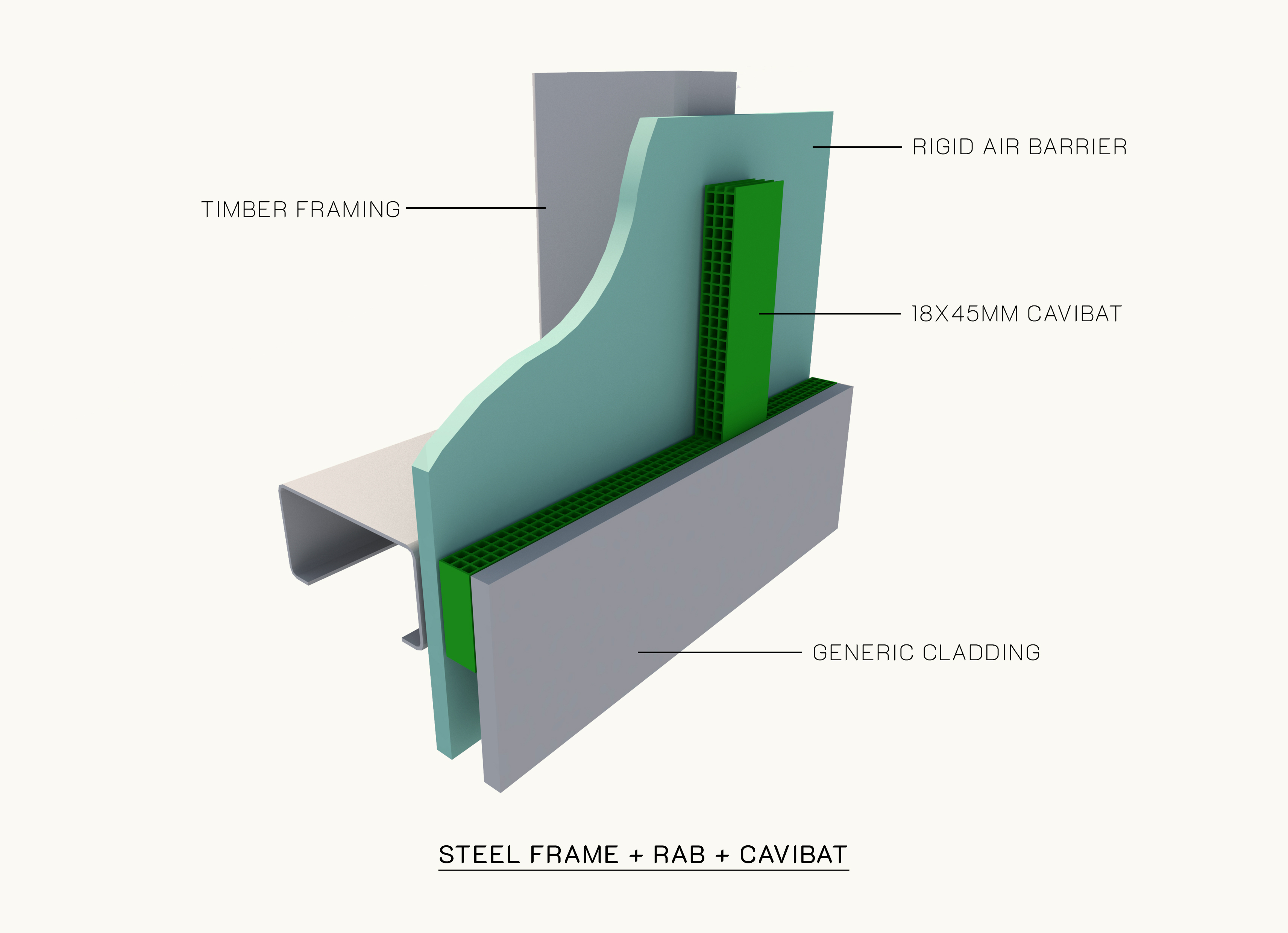
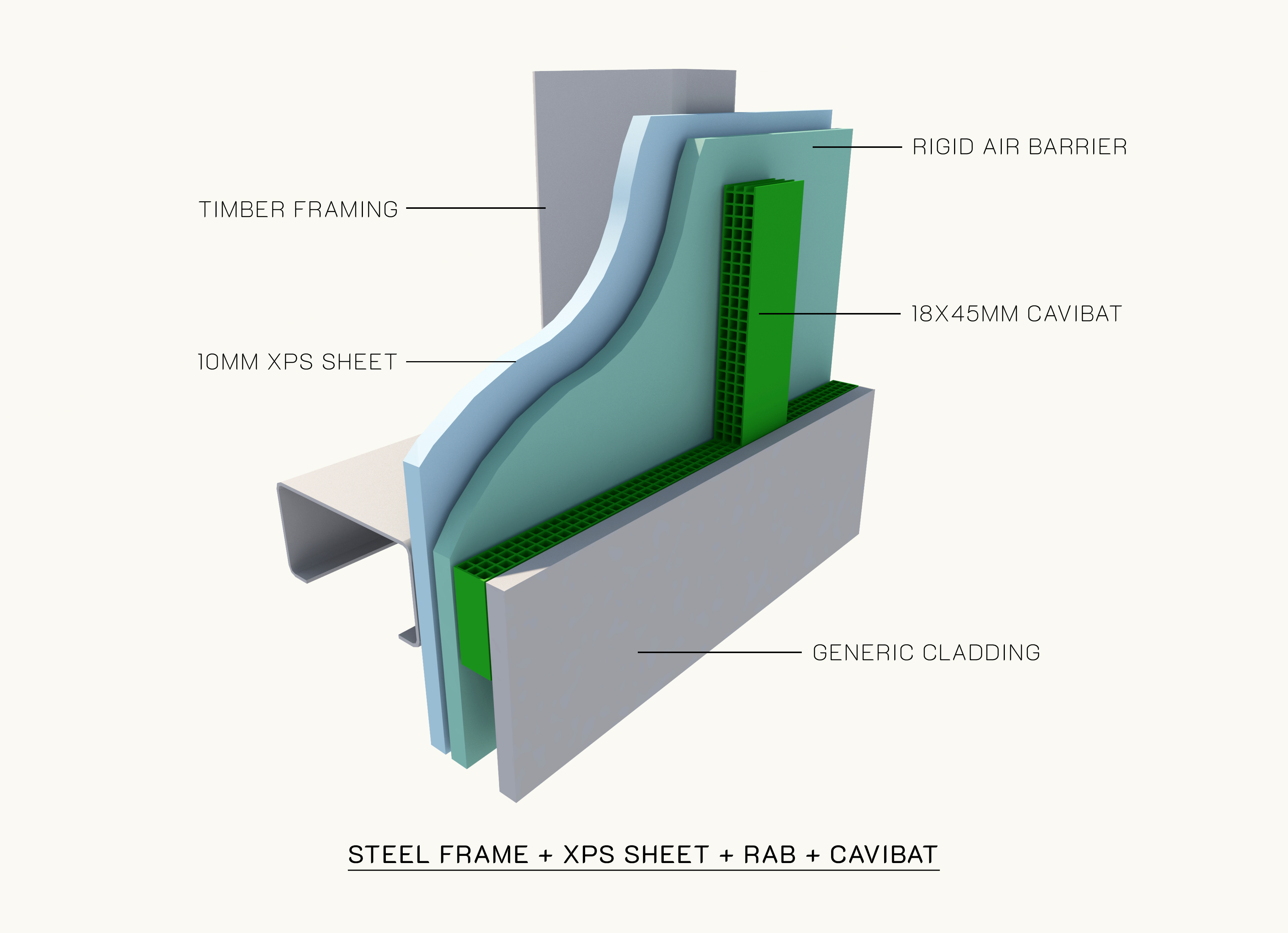

General Specification for Cavity Batten Fixing
At 300mm centres the battens may be fixed vertically or horizontally following the studs, top and bottom plates and around windows and doors. Battens fixed with a finishing gun at approximately 400mm centres. Cladding fixed through the battens into the framework at normal manufacturers specifications.

At 600mm centres the battens may be fixed vertically and horizontally following the studs and nogs. Polypropylene tape must be tightly fixed horizontally between the nogs to stop the insulation from pushing the building wrap out and touching the cladding. Battens fixed with finishing gun at approximately 400mm centres. Cladding fixed through battens into framework at normal manufacturers specifications.

Fixing Batten to Timber Studs.
Use a finishing gun to tack the battens to the framing. Nail as close as possible to the webbing in the batten and adjust the gun until the head of the nail sits slightly below the surface. Note: The batten has one side stronger than the other. For the best result keep the thicker side outward.
Fixing Cladding to Timber Studs.
Nail through the cladding and batten into the studs or nogs. Follow manufacturers specifications on fixing centres and nail sizes. Nails should be 20mm longer than would be used for direct fixing.
